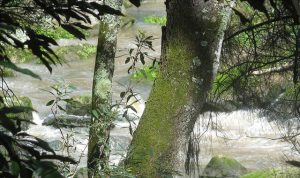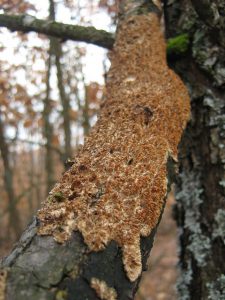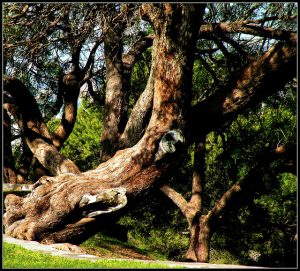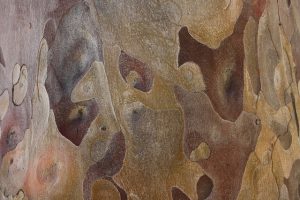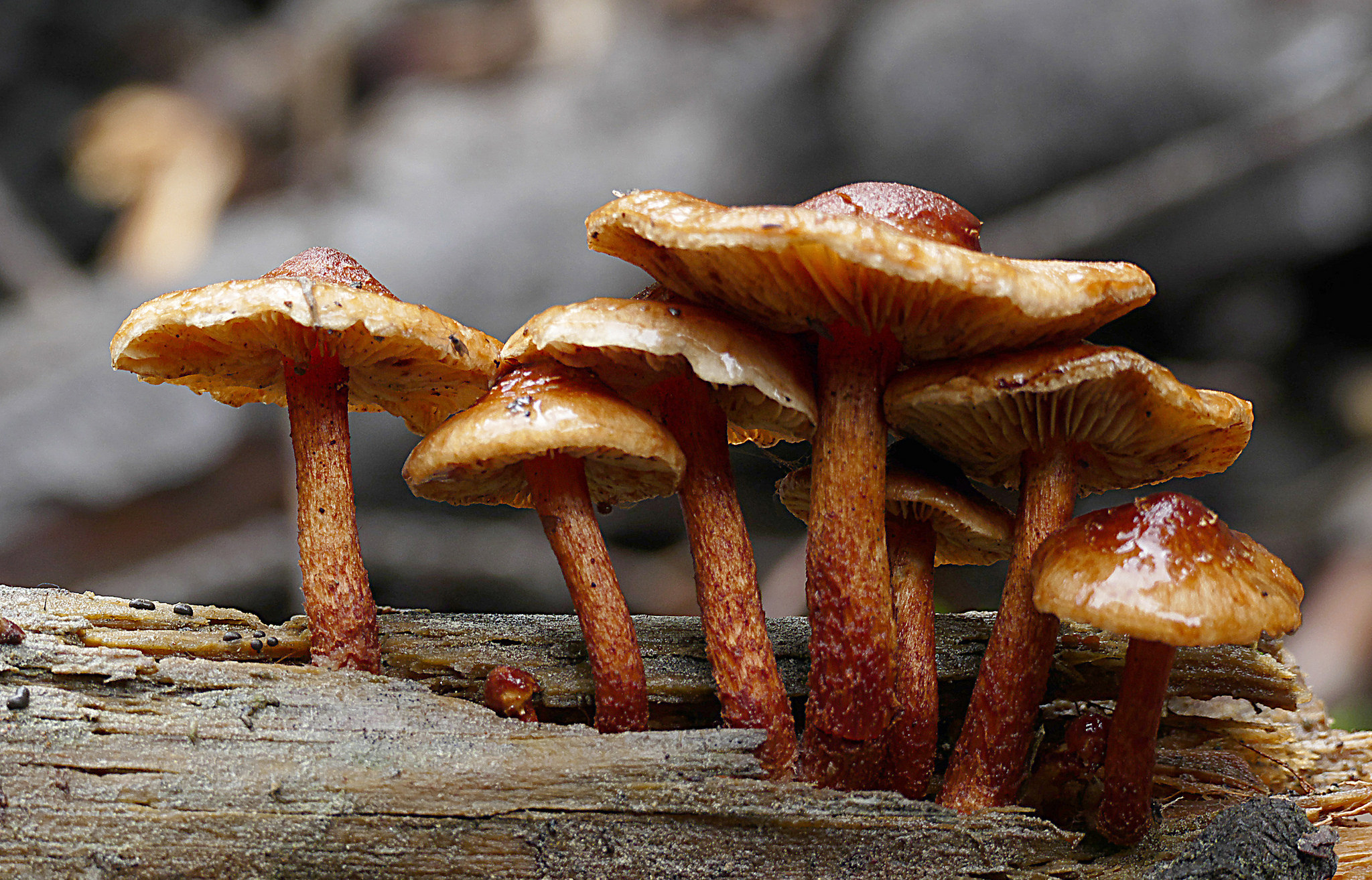
Having a fungus on your tree is as nasty as it sounds, especially in Southern Ontario where the fungus can grow out of control quickly. All you need is a little bit of moisture, and fungi quickly spread across the yard, into other trees and plants, and even into your neighbors’ yards. Untreated, tree fungi will kill your tree after removing water and nutrients from the tree so that the fungi get stronger. If the fungi don’t kill the tree, it will weaken it to the point where something else can.
All tree professionals can spot tree fungi at a glance, but most people do not recognize the common symptoms that can prevent problems with the trees. There are a few common signs that you should keep an eye on, signs that are easy enough for you to spot. Here are a few:
4. Check for Soft Spots
- May not be a fungus if soft
- Can reveal a deeper, more serious problem with the tree
- Wash your hands after touching soft sports because they travel to others
You cannot only use your eyes to spot problems that pop up on your trees. Instead, you need to use your hands as well. Every so often, run your hands over the bark of the tree to see if you find something that just feels softer than it did before. You don’t have to do this often but seasonally will really help to keep it safe. You can learn how to spot soft spots, but your fingers are your best resources. According to the University of Illinois, it is extremely rare for a tree to have a soft spot and have that soft spot not be a signal that something is wrong.
Note, the problems associated with the soft spot aren’t always related to tree fungus, but they can be. It is a common problem at the base of the tree and on the roots, so you may want to start there when you are searching for problems. One word of advice is this: do not push too hard so that your fingers go through the soft spot, or you will just cause more damage.
3. Mushrooms
- Can grow around the tree as well, not just on it
- Mushrooms come in many different sizes and shapes
- Will destroy structural integrity of the tree
In Ontario, one of the most common signs of tree fungi that you will see is a mushroom or a cluster of mushrooms. These commonly grow on the trunk and root system of the tree, which means that even mushrooms that look like they are in the middle of the grass are cause for concern. Removing the mushrooms isn’t enough, even if they don’t appear there again. You absolutely must treat the underlying cause. Tree Guide has a great list of different mushrooms you may encounter and what kind of fungi they may be.
Even one mushroom is bad and you may want to call in a professional. The problem gets worse as the fungi get stronger and they will spread across your yard due to animal contact, grass clippings, and even through the wind.
2. Check the Wounds
- Wounds are the weakest spots on trees
- Can signal canker diseases or fungi
- Discoloration in the wounds signals deeper problems
If you are continually checking your tree, you know that there are wounds all over your tree. Sometimes, wounds will heal up just fine and other times, there are problems, according to the University of Kentucky. If you have pruned a tree recently, it was damaged in a storm, or the tree is just older, there is a certain amount of susceptibility in your trees. The fungus grows in the dark, damp portions of your tree where the wounds are.
Canker fungi are the most common type of fungi found in the wounds of a tree. There are plenty of other types of fungi that can grow there as well, this is just the most common one. However, the fungi that target the wounds of the tree tend to be the worst of the worst and can kill your tree from the inside out – and they aren’t always easy to spot.
1. Beware of Splotches
- Splotches can be common in certain trees
- Splotches grow on bark, leaves, and stems
- Foliar and shoot diseases also leave spots
Do not think that the only way to identify fungi is to actually look for it – it can show up in the coloring of the tree as well. Leaves, stems, and bark can start getting “splotchy” when there is a fungus in place, causing growths and discoloration on all parts of the tree. Sometimes, the spots will wipe away easily and other times it will be engrained into the tree.
Sometimes, we overlook smaller spots because they seem to be benign, but you need to look closely at these as well, according to the Missouri Botanical Garden.
If you look at your trees on a regular basis, you will be able to tell when something is normal and when something is a bit strange.
Tree fungus is extremely serious and it is something that you really should not ignore. Even if you don’t think you need to worry about it, it is better to be safe than sorry. Eliminating the fungus (simply by washing or pulling away the mushrooms) only treats the aesthetic value of the tree and doesn’t help with the underlying factors. Often, the fungus will just grow back.
Do not worry about having to cut down your trees either – most professionals can help you to avoid that.
At Van Till Tree Care, we aim to help you keep your tree safe and beautiful. We will work with your yard’s natural chemistry to find the safest and gentlest way to keep the fungus at bay. Our professionals can pay you a visit and help you to determine what to do to remove the fungus and keep it away.
Give us a call at (800) 554-3834 so that one of our professionals can come inspect your tree and determine what the next steps should be.

